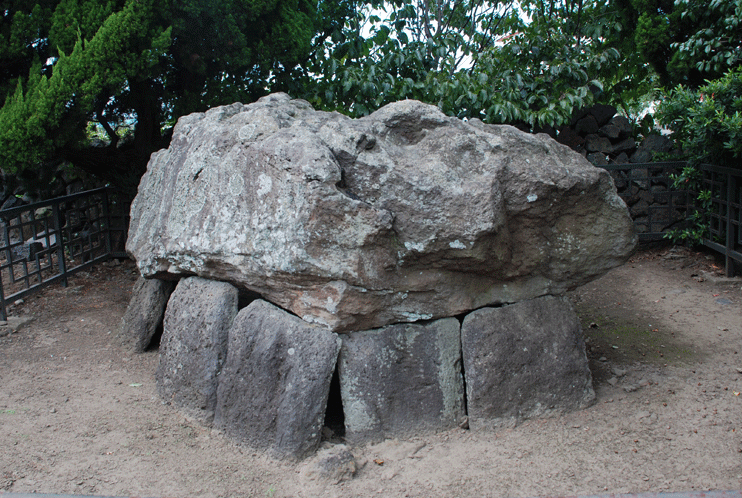Table-type dolmen has an overground stone cist, which consists of 4 or 6 stone slabs and is covered by a large capstone this type is widely distributed in the northern area of the Han river and Liaoning province of China, it is called the northern style dolmen. On the other hand, there are other names such as Ohdeokhyeong in North Korea and Seokboong in China. A large-size table-type dolmen is assumed to have been built as an altar or a memorial monument. The southern limit of the table-type dolmen is Geochang gun of Gyeongnam province , Yeongam region, and Gangjin gun of Jeonnam.
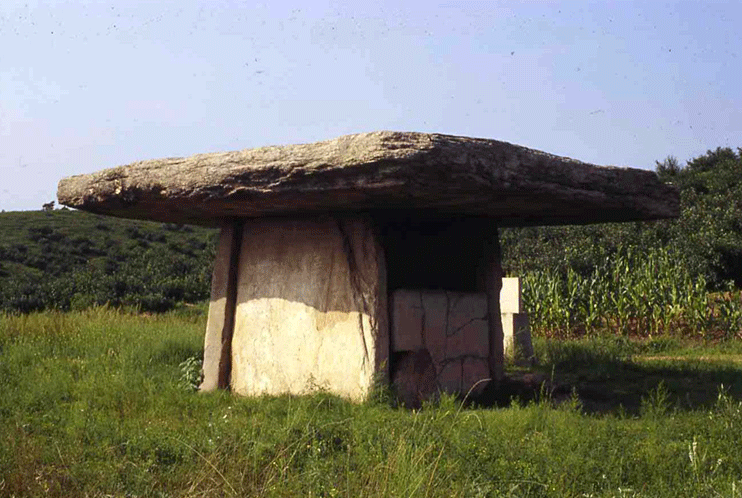
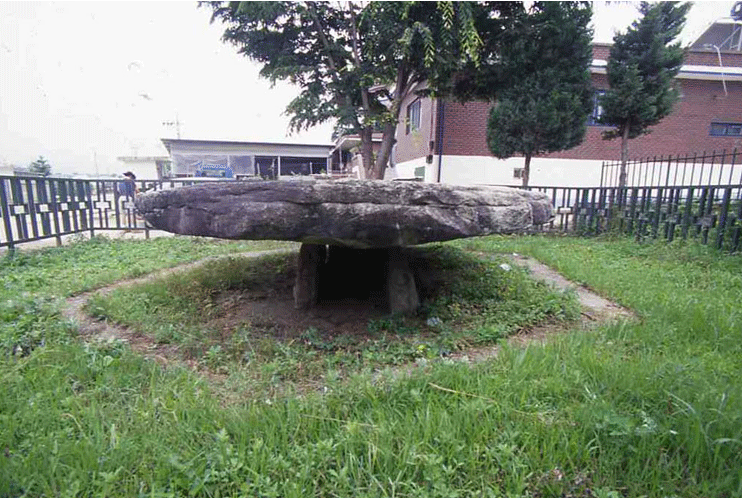
Go-table type dolmen has an underground stone cist or burial chamber with four or eight upright stones covered by a large capstone above the ground.It being lifted from the surface gives the impression of magnificent object. lLarge-size dolmens covered with capstones arefound only in Honam and Yeongnam regions. Thus it is called as southern style.
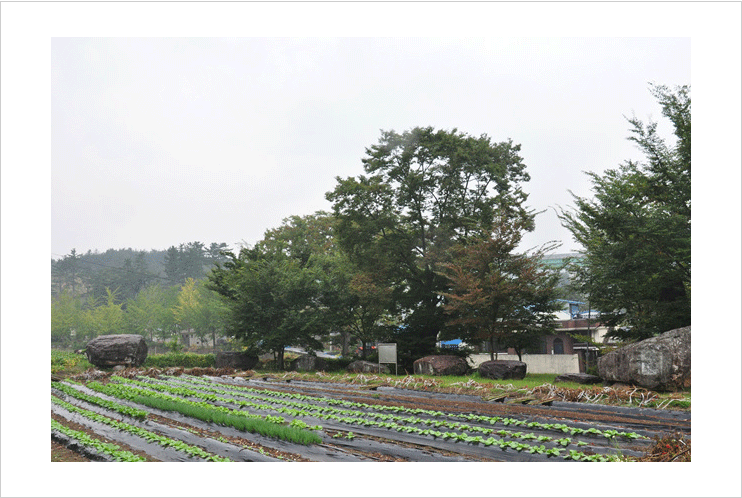
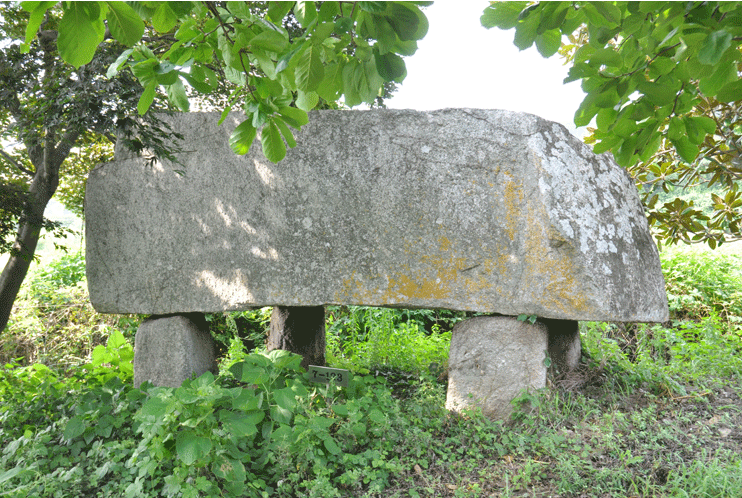
Stone covered type dolmen is covering a burial chamber under the ground without supporting upright stones It is also called Mujiseoksik, cap style or Daeseokgaemyo. It was originally built only with a function as grave and widely distributed in the Liaotung peninsula, the Korean peninsula and Kyushu, Japan. Most of the relics excavated in dolmens were from this styled dolmen.
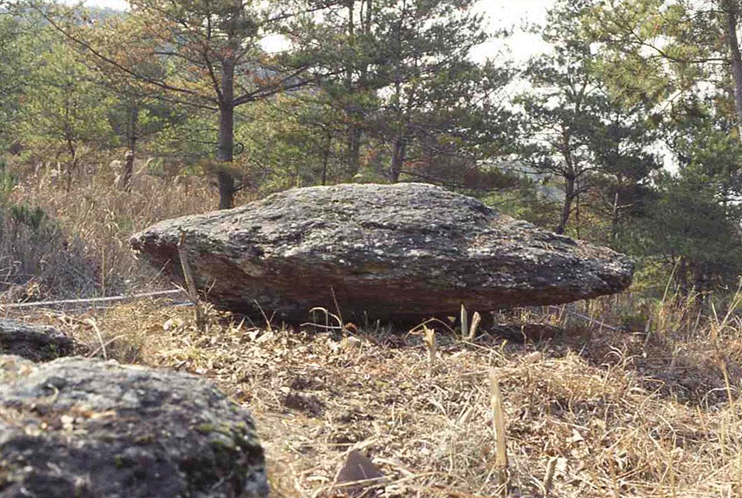
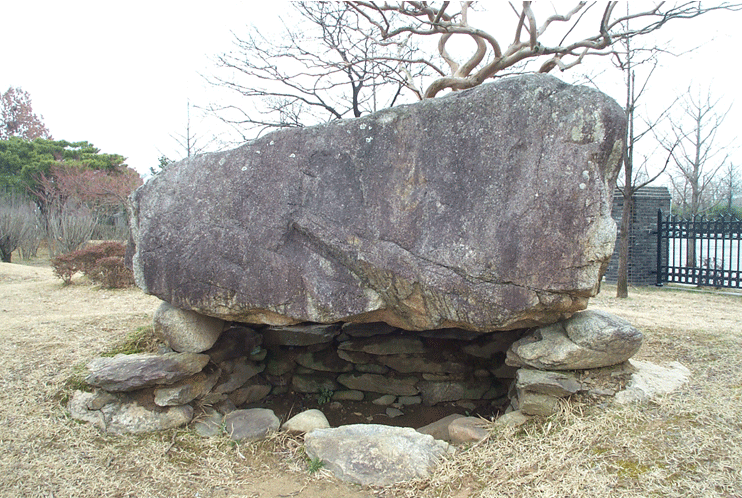
Encapsulated type dolmen, also referred to as Jeju type dolmen, has an overground burial chamber, the exposure of grave room on the ground. At least more than sixflat stone slabs encapsulate the burial chamber forming the layout of oval or square shaped grave yard Yongdamdong dolmen No.4 in Jeju is representative of this type and the similar style is recognized in Zhejiang province, China.
